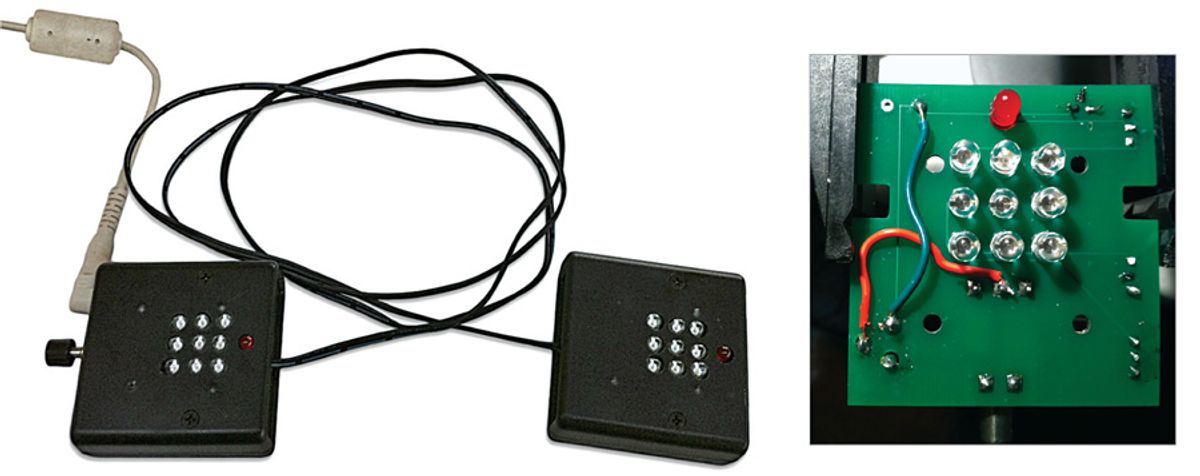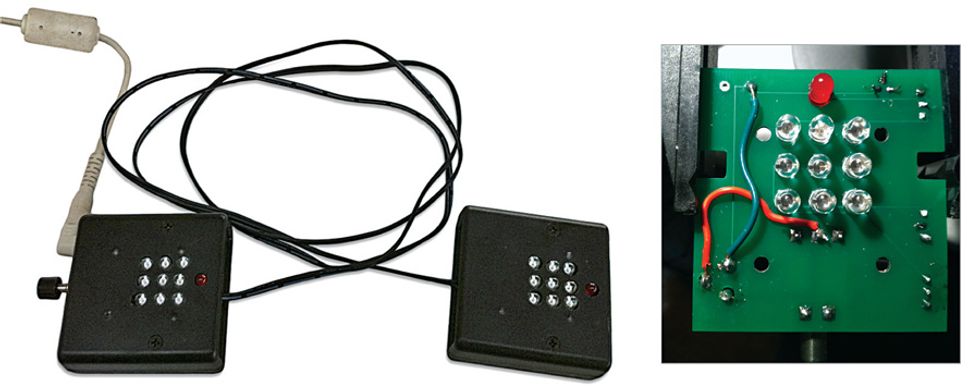Most DIY projects never go beyond what’s essentially a prototype stage—they’re one-off affairs that don’t have to be cost-effective or easy to use.
But after a bunch of your friends say, “Gee, I could use one of those,” it’s time to consider producing your project on a larger scale. It’s also time to rethink the entire project: What works for a single build often doesn’t when you have to do it hundreds or even dozens of times.
I got a sense of this recently when my son and I built a high-powered replacement for the Wii sensor bar. Nintendo’s own sensor bar, which is actually a pair of infrared emitters that the Wii controller uses to determine which way it’s pointed, isn’t much good beyond 3 meters. We created a bar that has nine high-powered IR emitters. (Actually, we built two bars, one for each of us.) We liked it so much we knew others would too, so we launched a Kickstarter project with the goal of producing at least 100 pairs. Kickstarter is a way to fund projects in which the money comes from potential customers instead of a bank (see “Getting a Kick Start” for more about it).
When you create a Kickstarter project, you need to figure out the pledge levels and exactly what the pledger gets for his or her money. Essentially, you’re figuring out the selling price, as you would with any product. It turns out there’s a lot to consider.
First, there’s the matter of component costs. Large-scale production saves money on both unit costs and shipping. The printed circuit board for the MegaBar (as we called it) ran about US $13, using BatchPCB (which I described in an April 2010 article, “Build a Custom-Printed Circuit Board”). But for 200 (two boards per pair), the cost dipped below $2, an $11 savings. While things like switches and LEDs don’t go down as dramatically, savings of 25 to 50 percent aren’t uncommon.
By the way, for those off-the-shelf components, I avoided eBay as much as possible. All too often you find a bargain that’s not available the next time you need it. Industrial suppliers, such as Mouser Electronics, keep large stocks of components available and will tell you how many they have on hand. Mouser, with an easily searched website and online data sheets for pretty much everything it sells, is especially nice.
Once you know your component prices, consider the packaging. This is really just another component, but because it comes last, it’s often overlooked. We wanted to keep the bar small, but the device needed some extra room for thermal dissipation—the driver chips can get quite hot. We settled on cases normally used for pagers, which had the added benefit of having internal standoffs that could be used to secure the board.
It really is better to think about packaging sooner rather than later. By specifying screw holes on the PC boards that lined up with the standoffs, we were able to mount the boards directly, but we had to figure out exactly what the dimensions needed to be, which in turn required a careful study of the data sheet for the case. Typically, the one critical measure you need will not be directly available, and you’ll have to infer it from other measurements that are provided.
Now is a good time to think about labor costs. For our project, each case needed to have 12 precisely positioned holes drilled (10 through the front, and 2 on the side). The holes needed to line up perfectly with the LEDs, switches, and jacks on the PC board or things wouldn’t fit when assembled. Even with a template, drilling that many holes is time-consuming. Add in soldering, testing, and shipping, and I was looking at a significant cost, even at teenage-son labor rates—high enough to consider having a local machine shop drill my holes for me.
The last piece of the cost puzzle is the outbound shipping. Our unit was about 2 kilograms, which seems light but still came to $6 just to send it within the United States.
Once you have all your costs, add what you want to make as net profit, and then tack on another 10 to 25 percent for all the things that never work out the way you planned—wastage, defective units, and so on.
There’s one more thing to keep in mind—liability. I’m not a lawyer, but I know that if you make something that gets ridden, heated up, or plugged in, someone will find a way to get hurt. In our case, we overengineered for safety, using parts rated well above the actual current load. We also used a DC power jack, rather than hardwiring the power leads, and a source voltage just high enough to drive the LEDs, reducing the heat that’s shed by the driver chips. Even so, we were leaving ourselves open to potential trouble. It’s a calculated risk.
If you plan carefully and wisely, you can scale up your one-off into a successful and profitable product. Inventing the next great mousetrap is just the first step—now manufacture it!
This article originally appeared in print as "DIY Manufacturing."
About the Author
James Turner is a contributing editor for O’Reilly Media and a correspondent for the Christian Science Monitor. In an article last August, he answered the question, “Does your do-it-yourself workbench have everything you need?”

